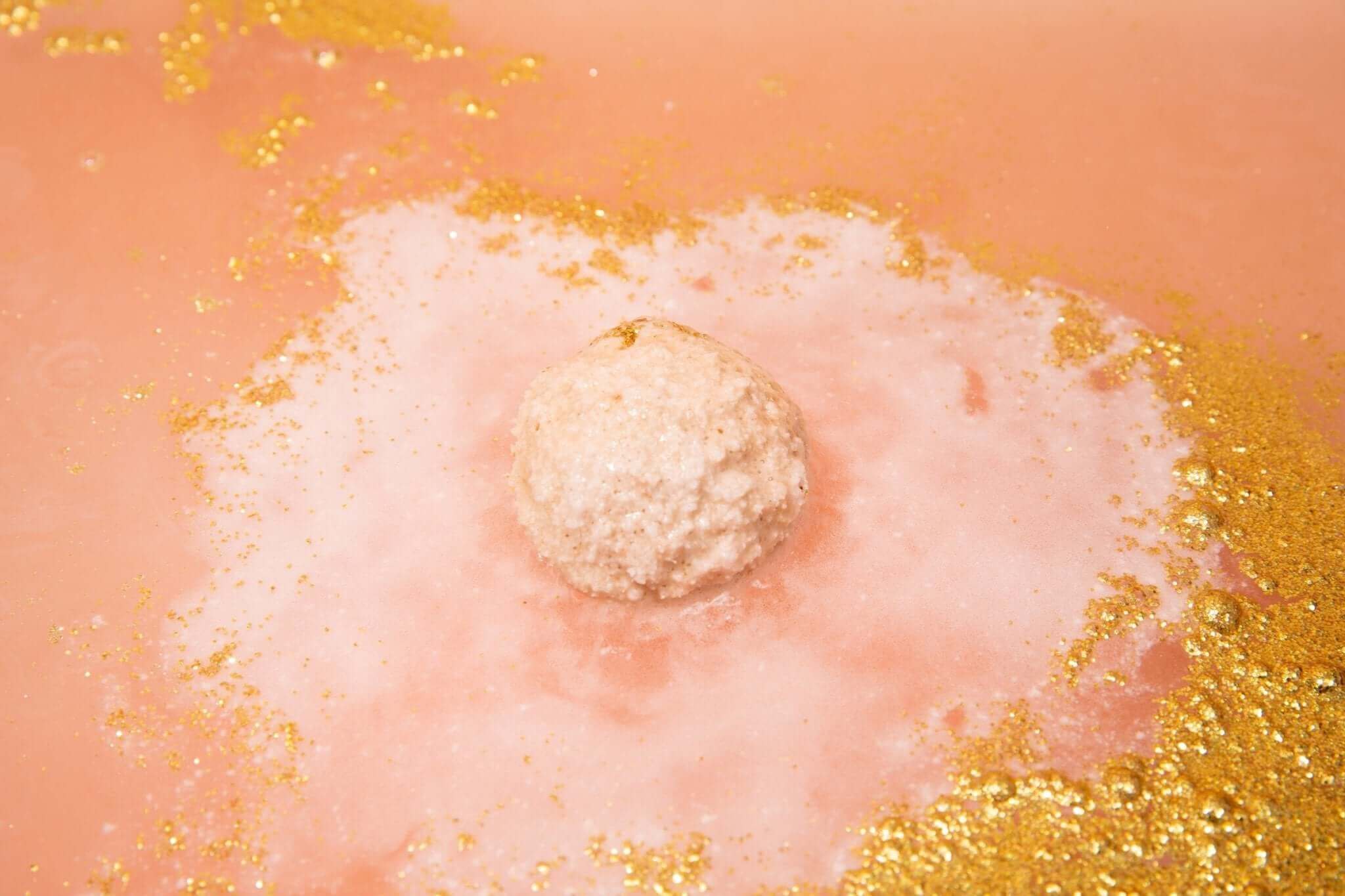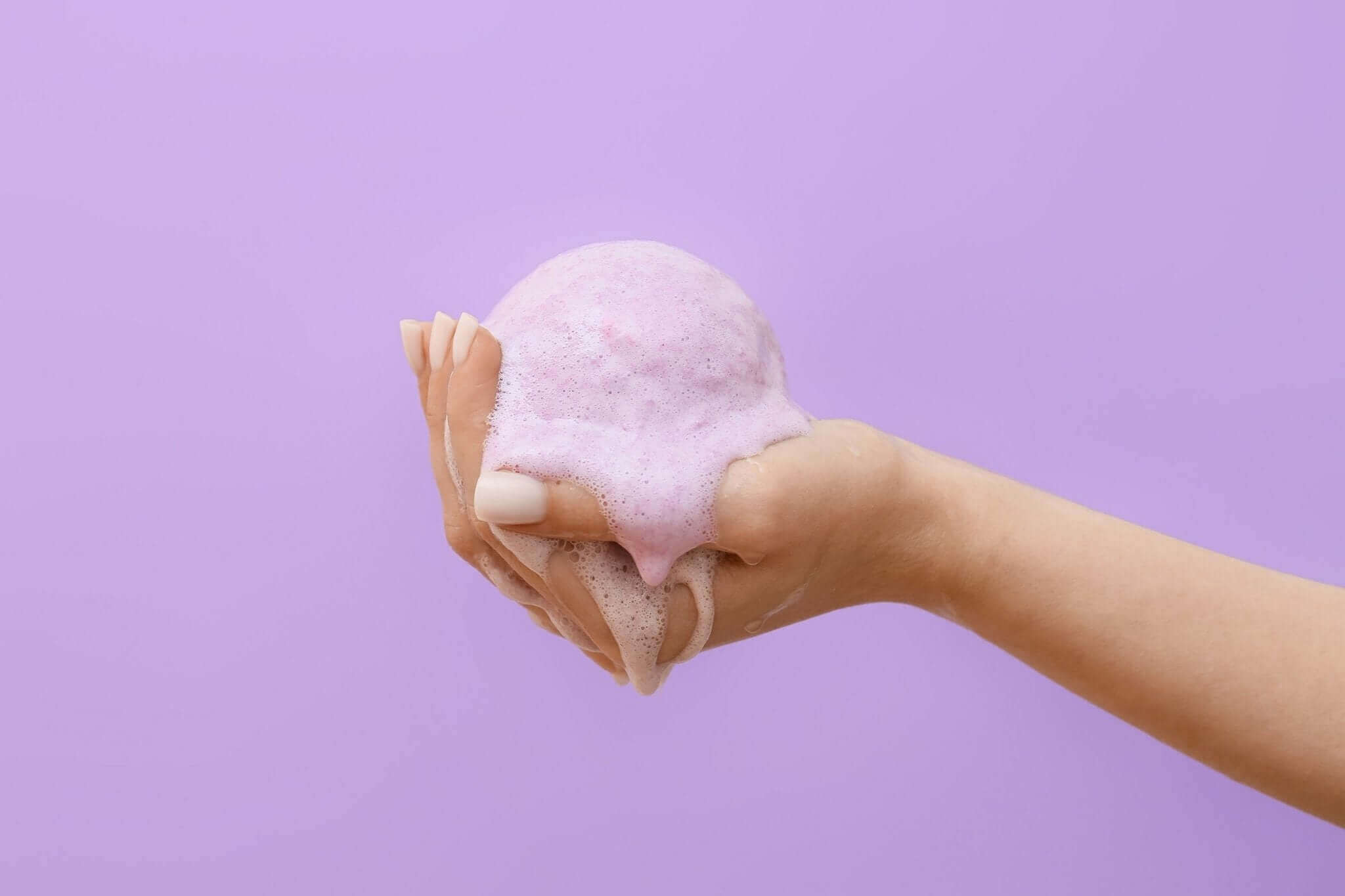3 Secrets to Making Your DIY Bath Bomb A Super Fizzer

Ever wondered why your bath bomb fizz isn't living up to the hype? Making these fizzy delights can be trickier than it seems! Crafting homemade bath bombs can be a bit challenging, and achieving that iconic, strong fizz can prove even more intricate.
The effervescent spectacle of a bath bomb is a significant factor contributing to its popularity, especially among the youthful and the young at heart. Failing to attain the expected fizziness while crafting DIY bath bombs can be incredibly vexing. In reality, a commonly encountered issue in the realm of bath bomb crafting is the deficiency in fizzing action.
If you're someone who enjoys the art of crafting bath bombs at home, you might already be familiar with the cardinal rule of safeguarding your creations from moisture to prevent untimely fizzing.
Yet, even if you meticulously encase your bath bomb in shrink wrap or employ an airtight container, if the fizz falls short of your expectations, there are alternative techniques during the mixing process that can ensure the enchanting fizz you're aiming for.
 Snoop Dog concurs: There are other ways in the mixing process that can help guarantee a magical fizz.
Snoop Dog concurs: There are other ways in the mixing process that can help guarantee a magical fizz.
3 tricks to making your bath bombs put on an amazing effervescent show and guarantee a magical fizz
1. Use a correct proportion of citric acid to baking soda (even when adding other ingredients)
Baking soda and citric acid are the main ingredients of a bath bomb. Having these two basic ingredients is crucial. Thanks to this powerful duo, we awaken into a fizzy funfetti explosion of aroma and effervescent sound that turns our boring bath time routine into a magical experience.
When citric acid and baking soda are combined and put in water, this causes a chemical reaction that produces the carbon dioxide bubbles. This chemical reaction breaks the bath bomb and slowly releases the ingredients that transform your bath into an oasis of color, scent, and moisturizing oils.
The basic knowledge of having a good fizz requires the proper amount of baking soda and citric acid so this isn’t really a secret. But what if you're adding another dry ingredient into the mix? If your bath bomb isn’t fizzing enough especially when using additives, you may want to consider switching up your recipe ratio.
So we know that the tried and true ratio is 2 parts baking soda to 1 part citric acid. However, adding Epsom salt or sea salt inhibits the chemical reaction. Our secret to keeping the fizz? Make the percentage very small then take that percentage out of the baking soda while making sure that the citric acid percentage stays for about a 3rd.
This is how Tub Therapy bath bombs give you the best fizz without leaving out other skin-friendly ingredients. We’ve done a lot of experimenting and had the best results with this ratio.
2. Use 50% granular citric acid and 50% fine grade citric acid
Citric acid is an organic compound found in citrus fruits especially lemons and limes. Tub Therapy bath bombs are formulated using two different types of citric acid to make a solid fizzy ball: 50% ground powder and 50% fine powder.
The extra fine size of the granules allows your bath bomb to readily dissolve in water, producing more effervescence and also helps prevent premature breakage and shrinking by hardening the surface. On the other hand, the fine powder improves the appearance of the bath bomb, giving it a smoother feel and polished finish.
While other bath bomb DIY-ers prefer to use an alternative like lemon juice or cream of tartar, bath bombs with the best fizz are near impossible to concoct without the natural preservative that is citric acid.
Bath bombs that use a substitute ingredient to citric acid may still sparkle and froth in water but as bath bomb enthusiasts for many years, we’ve tried plenty other bath bomb recipes and not having citric acid in the mixture is just not that super in terms of fizziness.
3. Use emollients and fats sparingly
Adding skin-loving fats to your bath bombs like oils and butters make bath bombs an inexpensive luxury and beneficial to your skin. However, these ingredients may also inhibit the fun, fizzing effect the best bath bombs are known for.
If you want to know how to make bath bombs give out a strong fizz without leaving out the moisturizing effect of shea butter or the calming aroma of fragrance oil, the answer is simple: go easy on the percentage of your emollients and fats. Adding too much will cause the bath bomb to soften and allow water to penetrate and break up the mix easily, causing it to fizzle away very quickly.
When mixing in 1 bowl, use 4 cups of baking soda, 2 cups of citric acid, and just under a tablespoon of fat or oil. Mix dry ingredients thoroughly before adding the wet ingredients. Mix the baking soda with the citric acid first then in a separate container, blend your oils and butters before combining the mixtures slowly without saturating the dry mix too much.
While transferring the wet mixture to the dry one, continue mixing simultaneously to help spread the wet mixture out better so you don't pre-activate your bath bombs. Voila! You’re close to creating a therapeutic delight.
Our verdict?
It may take a knack to create a ball of fun that fizzes impressively but it’s achievable. While other ingredients may impede the fizzing action, a bath bomb is going to end up in people’s baths so it's still best to curate quality and natural ingredients to add in the mixture.
How to make a bath bomb that wows your customers with its fizzing without setting aside other organic ingredients just needs the proper consistency and correct proportion of citric acid to baking soda while putting careful thought on the percentage of your ingredients.
Typically, just adding more citric acid will easily solve the problem but another not-so-secret tip is trial and error. Practice, practice, practice. Don’t be afraid to experiment until you get the level of fizz that you desire for your ball of bliss.


